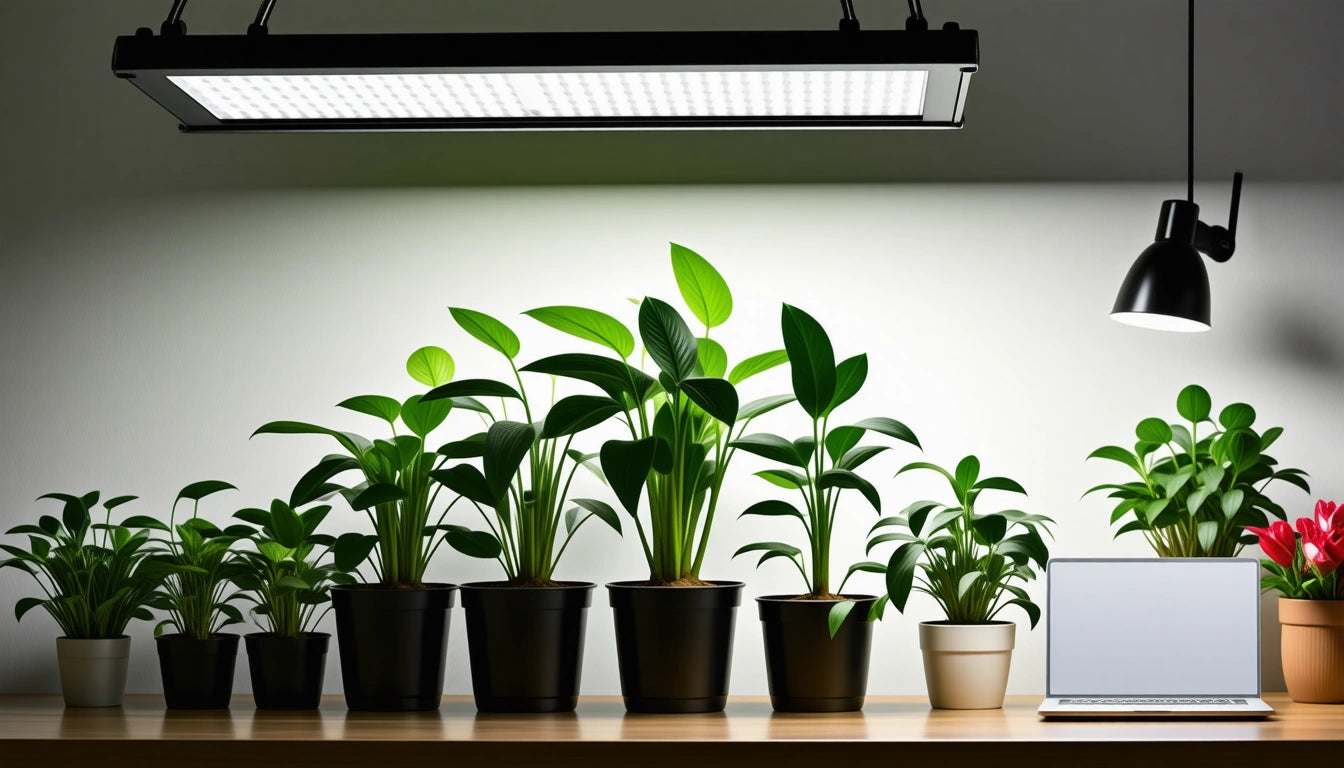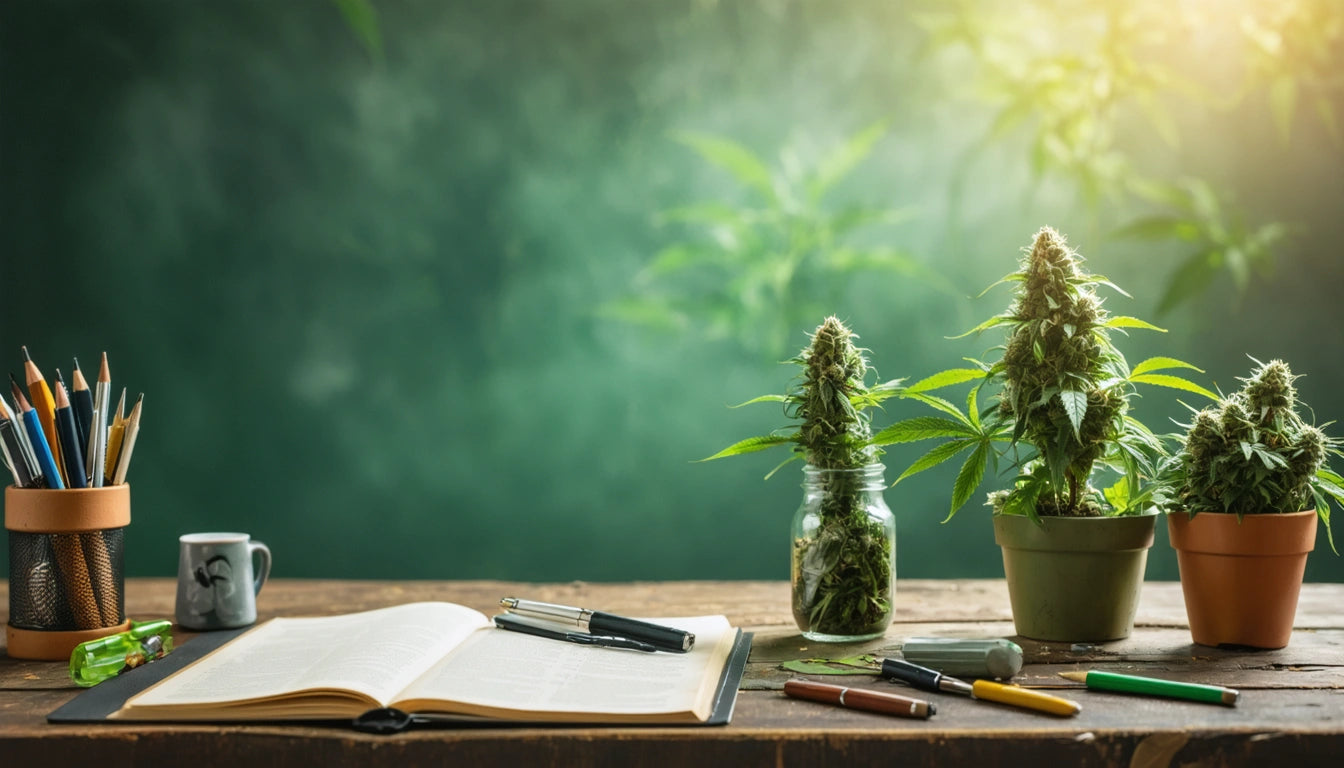Table of Contents
- When to Use Grow Lights: Timing and Applications
- The Process Behind LED Grow Lights: How They Work
- Measuring Light Intensity: Understanding Lux Requirements
- DIY Grow Light Systems: Building Your Own Setup
- Safety Considerations: Protecting Your Eyes and Plants
- The Future of LED Lighting in Indoor Cultivation
Understanding LED Grow Lights: Usage, DIY Tips, and Safety Considerations
Indoor cultivation has revolutionized plant growing, allowing enthusiasts and commercial growers to maintain optimal conditions year-round. At the heart of this revolution are LED grow lights, which have become increasingly popular due to their efficiency, longevity, and customizable light spectrum. This guide explores when to use grow lights, how they work, proper measurement techniques, DIY options, and important safety considerations.
When to Use Grow Lights: Timing and Applications
Knowing when to use a grow light is crucial for successful indoor cultivation. These lighting systems become essential in several scenarios:
- During winter months when daylight hours are limited
- For starting seedlings indoors before the outdoor growing season
- When growing plants in spaces with insufficient natural light
- For extending growing seasons beyond natural limitations
- When cultivating light-intensive plants like cannabis indoors
According to research on optimal light requirements, cannabis plants typically need 18 hours of light during vegetative growth and 12 hours during flowering. This schedule is difficult to maintain with natural light alone, making grow lights necessary for consistent results.
The Process Behind LED Grow Lights: How They Work
Understanding what process LED grow lights use helps growers optimize their setups. Unlike traditional lighting, LEDs (Light Emitting Diodes) produce light through electroluminescence. When electrical current passes through a semiconductor material, electrons recombine with electron holes, releasing energy as photons.
Modern LED grow lights can be calibrated to emit specific light wavelengths that plants use most efficiently for photosynthesis, primarily in the red (630-660nm) and blue (450-470nm) spectrums. This targeted approach is why LED grow lights often outperform HPS systems in terms of energy efficiency while promoting healthier plant development.
Key Advantages of LED Technology
- Lower heat output, reducing cooling requirements
- Customizable spectrum for different growth stages
- Longer lifespan (50,000+ hours vs. 10,000-15,000 for HPS)
- Reduced electricity consumption by up to 60%
Measuring Light Intensity: Understanding Lux Requirements
Knowing how many lux for grow lights is essential for proper plant development. Lux is a measurement of light intensity as perceived by the human eye, though plants respond differently to light than humans do. Nevertheless, lux readings provide a useful reference point:
- Seedlings and clones: 5,000-10,000 lux
- Vegetative growth: 15,000-40,000 lux
- Flowering stage: 40,000-65,000 lux
For more accurate measurements specific to plant needs, many growers use PAR (Photosynthetically Active Radiation) meters instead of lux meters. PAR measures light wavelengths between 400-700nm, which plants actually use for photosynthesis.
Electricity usage calculations show that providing adequate light intensity while managing energy costs requires careful planning. Most home growers find that 30-50 watts of actual LED power per square foot provides sufficient intensity for cannabis cultivation.
DIY Grow Light Systems: Building Your Own Setup
Learning how to build grow lights can save money while creating a customized solution for your specific needs. Here's a basic guide to creating your own LED grow light system:
Materials Needed
- LED chips or strips (full spectrum or combination of red/blue)
- Heat sinks or aluminum panels for cooling
- LED drivers (power supply)
- Wiring and connectors
- Mounting hardware
- Optional: dimmer switches and timers
Assembly Steps
- Design your light panel based on coverage area needed
- Mount LEDs to heat sink with thermal adhesive
- Connect LED chips in series or parallel depending on your driver
- Connect the driver to your LED array
- Install any controls (timers, dimmers)
- Mount the completed fixture above your growing area
When designing DIY systems, safety should be a priority. All electrical connections should be properly insulated, and components should be rated for the power requirements. For cannabis cultivation specifically, specialized guides can provide more detailed specifications.
Safety Considerations: Protecting Your Eyes and Plants
A common question among growers is whether LED grow lights are bad for your eyes. The answer requires understanding several factors:
High-intensity LED lights, especially those with significant blue light output, can potentially cause eye strain or damage with prolonged direct exposure. The risk increases with brightness and proximity to the light source. To protect yourself:
- Wear specialized growing glasses that filter harmful wavelengths when working under lights
- Avoid looking directly at LED panels when they're powered on
- Install grow lights with diffusers to reduce glare
- Use timers to schedule lights when you're not in the growing area
Beyond eye safety, proper handling of growing equipment is essential. Just as safety measures for hazardous materials protect children through specialized packaging, grow room safety requires thoughtful precautions to prevent accidents, especially in homes with children or pets.
The Future of LED Lighting in Indoor Cultivation
LED technology continues to evolve rapidly, with several exciting developments on the horizon. Adaptive lighting systems that automatically adjust spectrum and intensity based on plant growth stage are becoming more accessible. Additionally, research into specific light recipes for different strains and cultivars promises to further optimize growth outcomes.
Integration with smart home and growing systems allows for remote monitoring and adjustment, making professional-level cultivation more accessible to hobbyists. As costs continue to decrease and efficiency improves, LED lighting will likely become the standard for both commercial and home growing operations.
For those looking to stay at the cutting edge, reviews of current top LED systems can provide insight into the features that may become standard in coming years. Whether building your own system or purchasing pre-made units, understanding the fundamentals of LED technology ensures you can make informed decisions for your growing needs.











Leave a comment
All comments are moderated before being published.
This site is protected by hCaptcha and the hCaptcha Privacy Policy and Terms of Service apply.